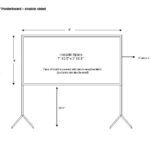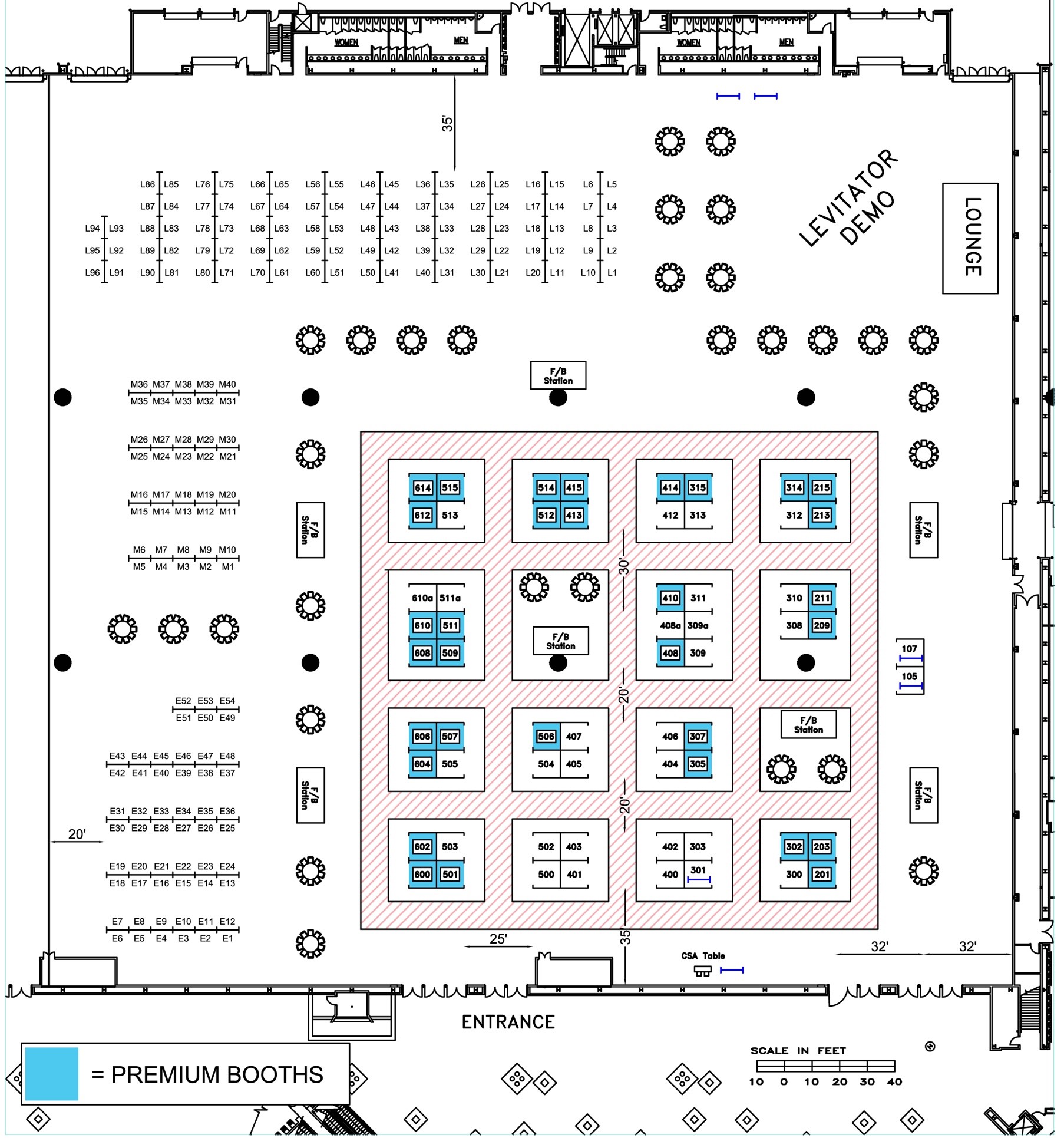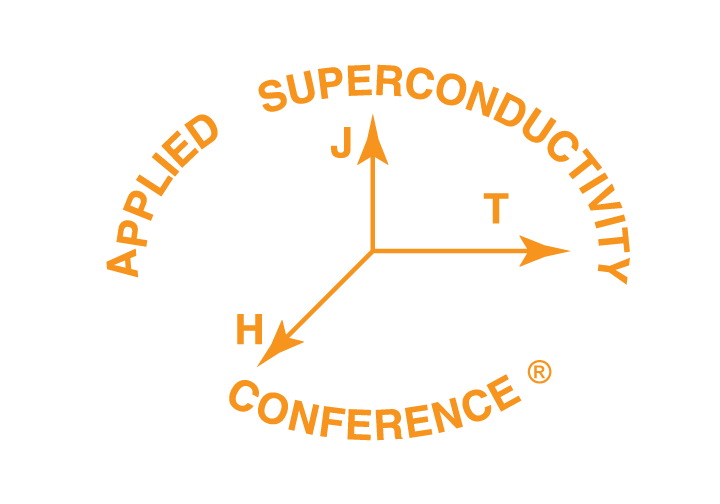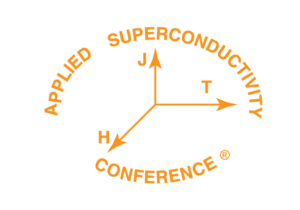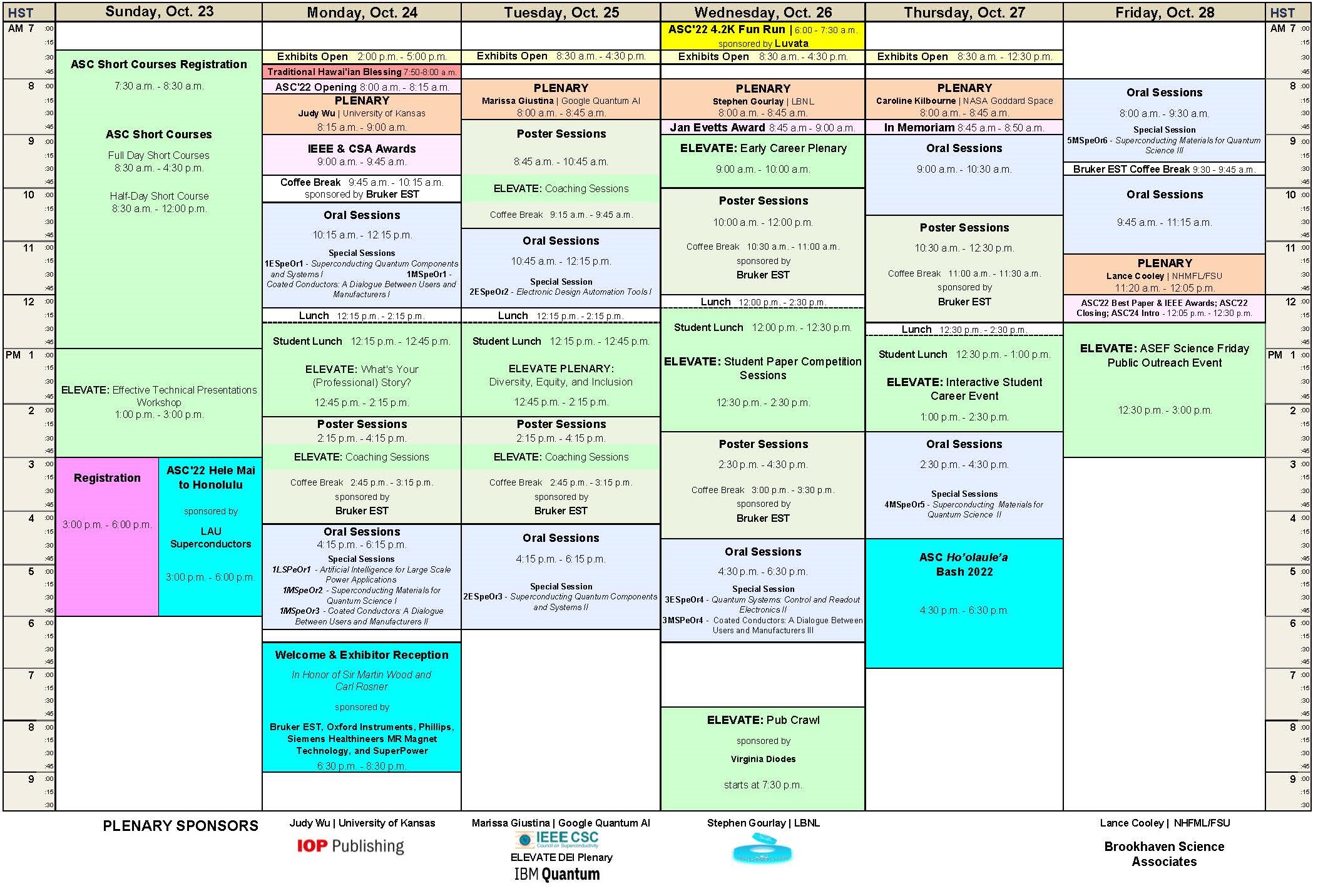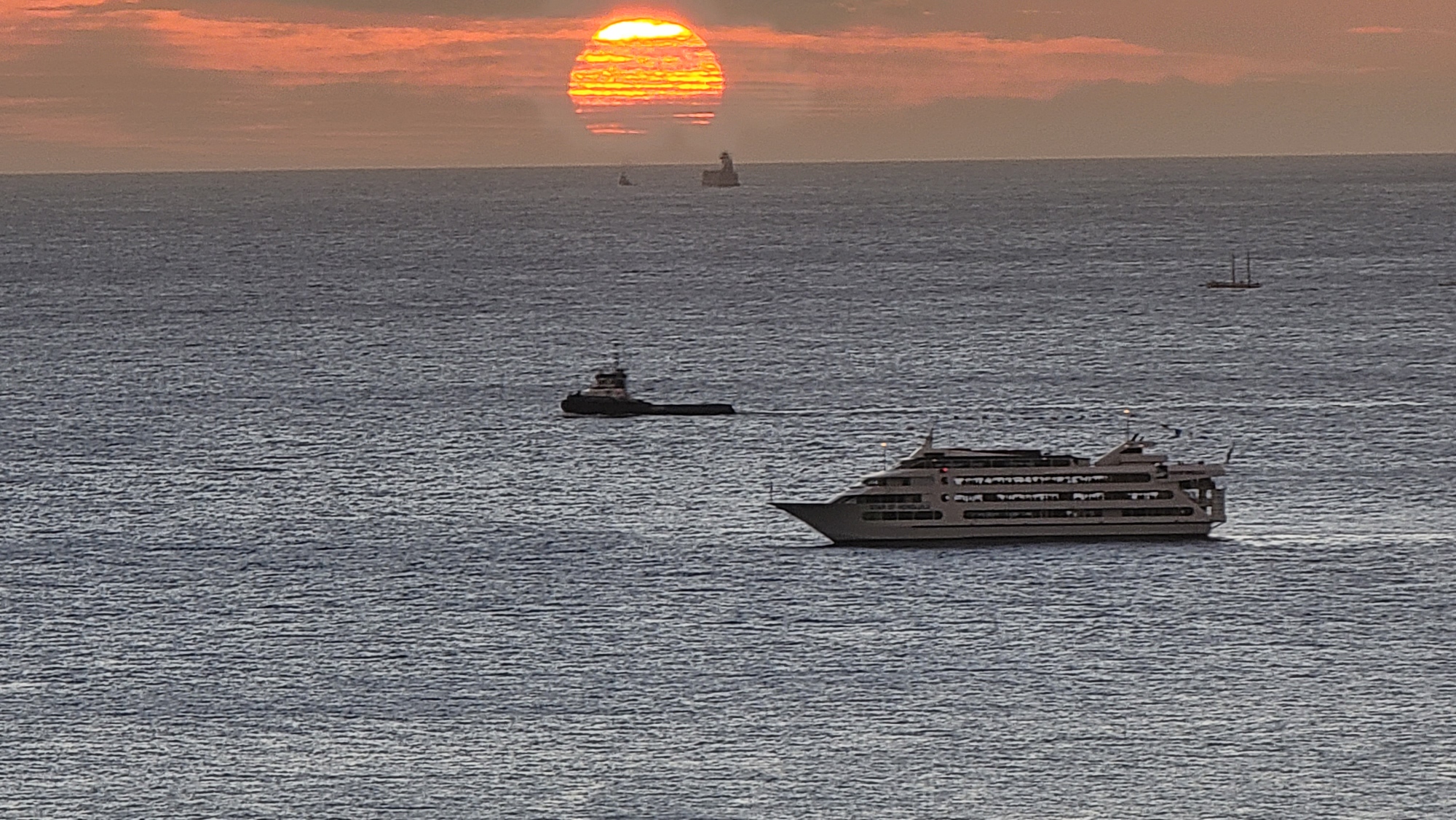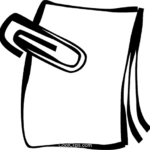Special Session Announcements
The ASC 2022 program committee is planning a number of special sessions which will be of interest for different attendees, including engineers/scientists, system-level developers, and industry-level representatives. Sessions will include special-invited and contributed presentations.
This page will be updated as new information becomes available. Please be sure to check back.
ASC 2022 Electronics Special Sessions
Superconducting Quantum Components and Systems
Quantum components and systems based on superconducting circuits and Josephson junctions are a subject of intense and rapidly growing study in the worldwide race to realize a platform that extends realistic algorithmic capabilities beyond the reach of traditional classical computing. Practitioners of superconducting qubit research explore novel qubit platforms, circuit topologies, control and measurements schemes, and platform-tailored algorithms. In this session, contributors will discuss fundamental components and research towards near-term superconducting quantum systems and overview current and future schemes to advance superconducting qubit platforms through the noisy intermediate-scale quantum (NISQ) era.
Click here for session details.
Organized by: Edward Leonard, Northrup Grumman and Samuel Benz, NIST
The Superconducting Quantum Components and Systems special sessions are sponsored by the IEEE Council on Superconductivity.
Quantum Systems: Control and Readout Electronics
Of the many challenges in engineering a superconducting quantum computer, scalable technology such as control and readout remains a critical area of development. The performance, calibration, and reproducibility of peripheral control and readout hardware, such as amplifiers, driving circuits, and microwave switches, may dictate the overall success of superconducting quantum computing. This special session features experts in the field of scalable control and readout circuits of this emerging technology, including discussion of Josephson parametric amplifiers, quantum-based pulse multipliers, energy efficient control circuits, and single-flux-quantum-based switches.
Click here for session details.
Organized by: Cathy Foley, Australia’s Chief Scientist
Electronic Design Automation (EDA) Tools for Superconductive Electronics: Are we there yet?
Superconductor integrated circuit fabrication technology has improved vastly over the last two decades, but very large scale integration of digital circuits has been hampered by the absence of powerful integrated circuit design tools. Over the last decade, the electronic design automation (EDA) tools for digital superconductor circuits have started to emerge. The first tools were open source modules developed in research laboratories that could solve narrow design problems and had reached limited audiences. Over the last five years, development pace has accelerated rapidly due to the IARPA SuperTools project. Today, powerful commercial EDA tools are available to address most of the design chain from high level system description through logic synthesis, placement and routing and timing verification to physical verification in a simulated electromagnetic environment. The use of these tools is also much more widespread in the superconductor circuit community today. This session provides an overview of recent progress in superconductor integrated circuit EDA tools and attempts to answer the question: are these tools now sufficiently powerful to enable first-pass design of very large scale integration systems?
Click here for session details.
Organized by: Coenrad Fourie, Stellenbosch University and Scott Holmes, Booz Allen Hamilton Inc.
Transition Edge Sensors (TES) Workshop
Transition-edge sensors, or TESs, are superconducting, thermal detectors. The energy of incoming photons or particles, or the energy of a nuclear reaction within an embedded material, is converted to heat in an absorber. A TES operates in the resistive transition between its superconducting and normal-metal states, where the electrical resistance is a strong function of temperature. Thus the heat of absorption raises the device temperature and resistance. A SQUID ammeter measures changes in the device current. TESs are increasingly used in many measurement fields, including cosmic-microwave-background cosmology, X-ray and gamma-ray spectroscopy, quantum information, dark-matter searches, and measurement of the neutrino mass.
The first TES Workshop was held in 2002, with the goal that TES researchers from across the globe could share, discuss, and understand confusing experimental results from their early TESs of different geometries and materials systems. The Workshop has been held every two years since, and has been joined to the Applied Superconductivity Conference since 2008.
In 2020 the scope of the TES workshop expanded to include other detectors that share some elements of design, physics, or readout with TESs, and are thus of interest to the TES community. These include kinetic inductance detectors (KIDs), magnetic calorimeters and hot-electron bolometers.
These devices provide interesting laboratories in which to study the nature of superconductivity itself; the Workshop has session dedicated to device physics. Another set of workshop sessions are about device readout: ever larger and more capable arrays are being developed for various measurement applications, and new multiplexed readout schemes are required as an enabling technology. In a nod to the maturation of the field toward measurement instrumentation in an exploding number of fields, there are sessions about measurement applications. Device fabrication is typically covered in one or more Workshop poster sessions.
Click here for session details.
To be added to the email list for this and future TES Workshops, please join here. The TES Workshop email list is separate from that of the wider ASC conference. Please follow this link for additional information or reach us by email at tesworkshop2022@gmail.com.
Organized by: Megan Eckart, LLNL and Douglas Bennett, NIST
ASC 2022 Large Scale Special Session
Artificial Intelligence for Large Scale Power Applications
Superconducting technology offers great opportunities for power applications by helping fabricate superconducting apparatus with much higher power density, higher efficiency, lower losses and smaller size compared with their conventional counterparts. However, there are still some challenges that delay the commercialization of superconducting devices, such as the productivity and purchasing cost of superconducting wires/tapes, technical issues related to AC losses, the structure of superconducting devices, the cooling system complexity, the critical temperature, and manufacturing related issues, among others.
In recent decades, significant advancements on artificial intelligence (AI) techniques were accomplished – knowing massive investment – to provide disruptive solutions for many engineering and manufacturing problems. Consequently, AI, and big data (BD) techniques can be implemented to tackle the challenges faced with large scale superconducting applications, and hence promote power superconductivity towards fully commercialized manufacturing in next decade. AI approaches are competent to offer fast, efficient, and accurate solutions for addressing the technical, manufacturing, and economic problems in the field of superconductivity.
This special session aims to shed light on using AI and BD for improvements in design, manufacturing and operation, fault detection and condition monitoring of superconducting apparatus in large scale power applications. We hope this special session in ASC2022 will bring momentums into community by accelerating implementation of AI and BD in near future.
Click here for session details.
Organized by: Mohammad Yazdani-Asrami, University of Glasgow; Antonio Morandi, University of Bologna and Joao Murta Pina, Centre of Technology and Systems/UNINOVA
ASC 2022 Materials Special Sessions
REBCO Coated Conductors – A Dialogue Between Users and Manufacturers
Extraordinary new ideas and materials developments have been demonstrated by scientists working on coated conductors. Steadily increasing performance, availability of long lengths and the promise for a price decrease triggered the interest for applications in various domains, from those with a direct societal impact, including compact fusion devices, NMR spectrometers at the highest resolution, innovative gantries for the hadron therapy of cancer, and novel applications in the electric infrastructure and in the field of hydrogen-based mobility to those with the aim of expanding the frontiers of human knowledge, e.g. the studies for next generation hadron colliders. Each of these technologies calls for superconductor R&D tailored to its specific operating conditions. This special session puts up a dialog between coated conductor manufacturers and end users on the present needs and the perspective of market development.
Click here for session details.
Organized by: Prof. Carmine Senatore (University of Geneva) and Prof. Mike Sumption (Ohio State University)
Superconducting Materials for Quantum Science
Superconducting 2D and 3D systems are promising platforms for quantum computing and quantum sensing. Studying the materials that make up these systems is critical to understanding the physics of decoherence and mitigating performance degradation mechanisms to maximize qubit performance. In this session, contributors will discuss fundamental materials research for superconducting quantum systems, present microscopy and other experimental materials studies on superconducting qubits, and overview innovative approaches to enhancing the performance of superconducting materials in quantum systems.
Click here for session details.
Organized by: Dr. Sam Posen, Fermi National Accelerator Laboratory
The Superconducting Materials for Quantum Science special sessions are sponsored by Superconducting Quantum Materials and Systems Center (SQMS), Fermilab.
ASC 2022 Memorial Sessions
Sir Martin Wood Memorial
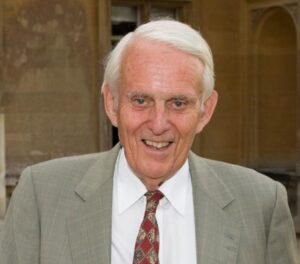 |
This session is dedicated to the memory of Sir Martin Wood (1927-2021). Martin credited among other things with the development of the world’s first commercial superconducting magnet. Sir Martin Wood joined Oxford Physics in 1955 as a Senior Research Officer, working with Professor Nicholas Kurti on resistive high-field magnets in Kurti’s research group. This led to other universities wanting access to the technology. In response, in 1959 Martin and his wife Audrey founded Oxford University’s first substantial spin-out company, Oxford Instruments (OI). |
Following the development of niobium-alloy-based superconductors in the US, just two years after OI was founded, Martin, successfully constructed the first superconducting magnet establishing a new commercial product for nuclear magnetic resonance (NMR) as well as the first commercial MRI magnet system for medical use. A decade later Martin pioneered the design and manufacture of low temperature equipment and his innovations have enabled researchers to conduct fundamental research at extremely low temperatures. OI had originally operated out of Martin’s garden shed in Northmoor Road, in Oxford, but rapidly grew and is now a FTSE 250 International company with federal offices and an annual revenue of over £300M.
OI has produced superconducting magnets for use in the world’s largest particle accelerators and a visit to the laboratories in any modern university physics department will reveal numerous Oxford Instruments magnets and cryostats. Oxford Instruments became, and remains, one of the world’s leading technology companies, developing instruments with applications in areas including medicine, cryogenics, and spectroscopy.
Martin was knighted in 1986 for his services to science and received numerous awards and honorary doctorates. In addition, both Sir Martin and Lady Audrey have been generous in their many philanthropic endeavors. Oxford University Physics Department has benefitted from their donation of funds to build the Sir Martin Wood Lecture Theatre and surrounding rooms, including a seminar room named in Audrey’s honor; they also made a substantial donation to the Department of Physics’ new Beecroft Building. The annual Sir Martin Wood Prize, founded in 1998, fosters UK-Japan links and is awarded each year to an outstanding young Japanese scientist who receives the opportunity to lecture in UK universities.
Martin’s brilliance, innovations and enthusiasm and passion for science and engineering together with support to innovation and entrepreneurship provided the foundation for ground-breaking developments that have saved millions of lives and transformed our understanding of Physics, Chemistry, Quantum materials and Nanotechnology.
Click here for session details.
Organized by: Dr. Ziad Melhem, Oxford Quantum Solutions; Michael Parizh, GE Research
This Sir Martin Wood Memorial session is sponsored by Bruker EST, Oxford Instruments and Siemens Healthineers MR Magnet Technology.
On Monday of this week, we honored the late Sir Martin Wood for his foundational contributions to superconducting magnets. Please watch a short tribute and retrospective video provided by his wife, Lady Audrey Wood, that was played during the memorial session earlier this week.
Carl Rosner Memorial
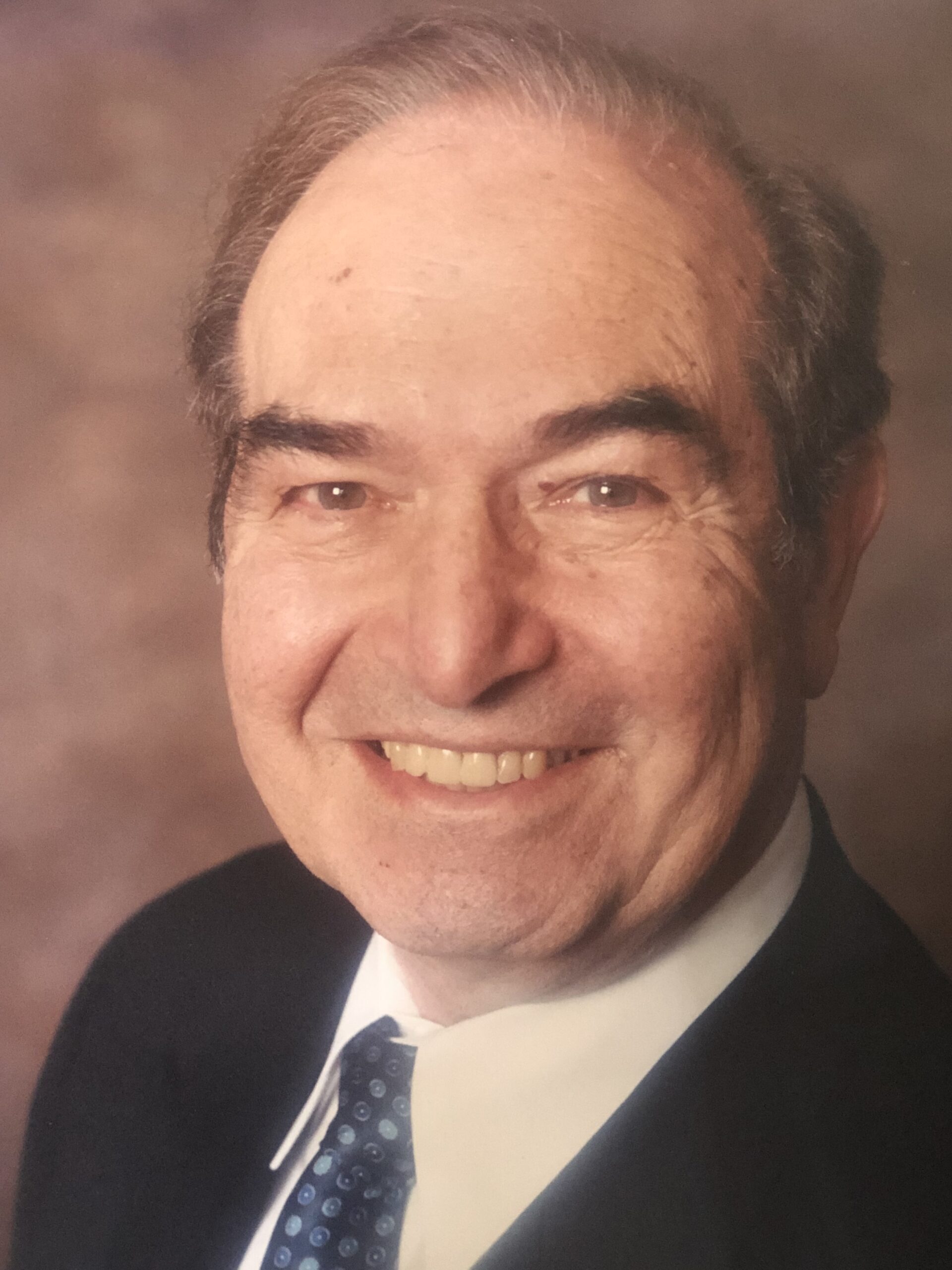 |
This session is dedicated in memory of Carl H. Rosner (1929-2022). Carl Rosner made an exceptional contribution to science and commercialization of applied superconductivity. In 1955, Carl joined GE Research and Development Center in Schenectady, NY where he led the team that built the world’s first superconducting magnet that reached the record 10 tesla magnetic field. During work on this project, the GE team made multiple discoveries and innovations including AC losses and, perhaps, the first AC loss simulation model, observations of mechanical disturbances and flux jumps, conductor stabilization, quench protection approach, pancake coils tape wound of Nb3Sn tape conductor. Under Mr. Rosner’s leadership, GE became the first company to offer commercial high field, >10 T, superconducting magnets for research purposes. In 1971, Mr. Rosner founded Intermagnetics General Corporation (IGC). He served as the company CEO and President until 1998. IGC (purchased by Philips in 2006) became one of the world’s leading suppliers of magnets for Magnetic Resonance Imaging (MRI): over 10 thousand MRI scanners keep IGC and Philips logos. |
Mr. Rosner developed IGC as a vertically-integrated company: Luvata (then IGC-Advanced Superconductors) and SuperPower are both IGC spin offs. Division of cryocoolers at Sumitomo Heavy Industries, Ltd. also started as a department of IGC. Later, Mr. Rosner founded Cardiomag Imaging: the company uses SQUIDs for magneto-cardiography (MCG) for early identification of the heart disease.
Carl Rosner was a visionary who believed that basic research and development was necessary for a corporation to have long-term success. He received numerous awards at both state and national levels. He was inducted into the National Academy of Engineering in 1996. He received the Entrepreneur of the Year Award in 1992 for Manufacturing by Inc. Magazine and Ernst & Young. Mr. Rosner was the first recipient of the IEEE Council on Superconductivity (CSC) Max Swerdlow Award for Sustained Service to the Applied Superconductivity community (2002). In 2010, CSC established the Carl H. Rosner Entrepreneurship Award.
Click here for session details.
Organized by: Michael Parizh, GE Research
This Carl Rosner Memorial session is sponsored by Luvata Waterbury, Inc., Phillips, and SuperPower.
